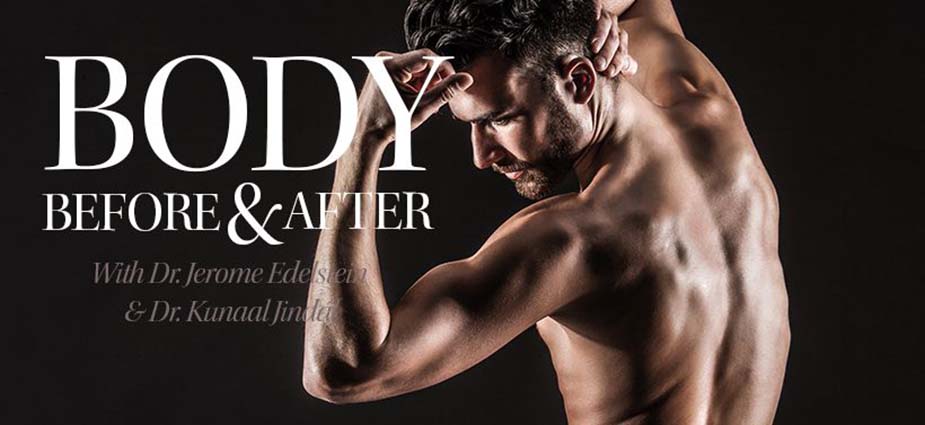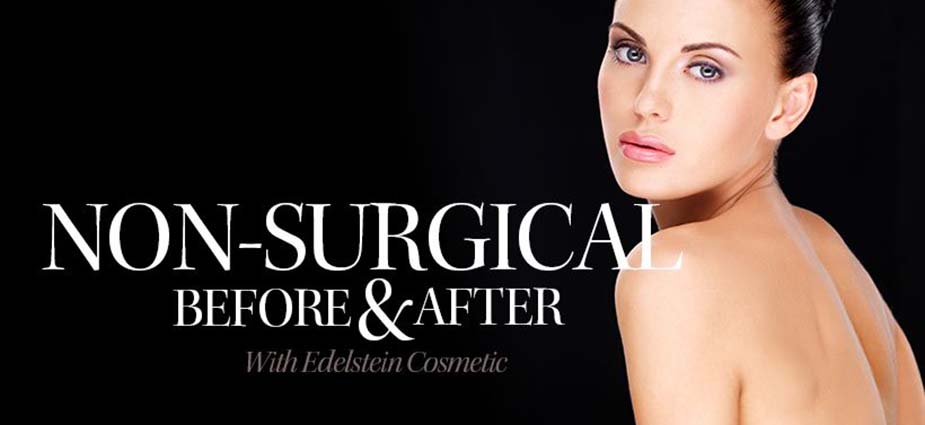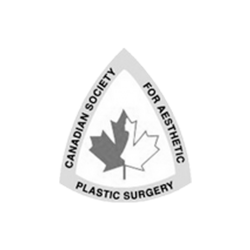Brow lift (forehead lift) is a cosmetic procedure designed to decrease the excess skin or ‘hooding’ in the upper eyelids, elevate the eyebrows, and decrease the deep creases of the forehead and frown lines between the eyebrows.
Aging, gravity, and excessive forehead muscle activity causes drooping of the eyebrows and deep forehead wrinkles. This creates a heaviness around the upper eyelids that often makes a person look constantly sad, angry, or tired.
Browlift leads to a more youthful appearance of the upper eyelids and eyebrows, as well as a smoother forehead.
What type of anesthesia is used during the operation?
What else is done during the procedure?
How long will I stay at the surgical facility?
When are the stitches removed?
What happens after the surgery?
What type of anesthesia is used during the operation?
Dr. Edelstein discusses anesthesiaThis procedure is usually performed under General Anesthesia. An Anesthetist is always present. If you have any particular problems with anesthesia, please let us know.
How long is the operation?
The actual surgical time varies depending on the amount of surgery necessary for each patient, but usually is about 2 to 3 hours.
Where are the incisions made?
Most commonly, a forehead lift is done using an endoscope, a small internal telescope. The procedure is called an endoscopic browlift. This allows Dr. Fialkov to make several small incisions behind the hairline instead of one long incision across the scalp (called a coronal browlift).
Occasionally, if a patient has a very high forehead, placing the incision behind the hairline is not advisable as it can raise the hairline even further. In these cases, an incision right at the hairline may be recommended as an alternative.
What else is done during the procedure?
Through the small incisions behind the hairline, the forehead and eyebrows are raised to a more youthful position. This position is maintained by fastening the scalp to the underlying bone. The muscles of the forehead are then sculpted to decrease the deep wrinkles and furrows.
Commonly, browlift is combined with upper eyelid surgery to maximize the rejuvenation of this area.
How long will I stay at the surgical facility?
Browlift is an outpatient procedure, meaning you can go home the same day once you have recovered from the anesthetic.
When are the stitches removed?
Stitches are removed between 10 and 14 days.
What happens after the surgery?
Most people feel tender and bruised after surgery, but are not in a great deal of pain. Pain medication will make you comfortable. Some swelling and bruising will occur around the upper eyelids for the first few days. The majority of the swelling will be gone within one week, while some bruising can last up to two weeks.
A dressing is not necessary after browlift, only the application of an antibiotic ointment. Drains are usually placed to remove any excess fluid under the skin, and are removed the day after surgery. Showering is permitted after the drain is removed.
Usually, you are back to normal activities within one to two weeks.
What are the results?
Your forehead will appear smoother and your eyebrows and upper eyelids will look more youthful. Often, the face appears ‘brighter’, with less of a tired or sad look. Most patients are very happy with their results.
How long do the results last?
Plastic surgery helps to turn back the clock, but the clock keeps on ticking. For example, if a particular procedure makes you look 10 years younger, you can expect to look similar to today in 10 years time. This is not a hard and fast rule, but serves to illustrate the concept that you will continue to age after having plastic surgery.
Some additional points:
Make sure you let us know your complete medical history as well as any medications, drugs, vitamins, or natural herbs you are taking. For example, diabetes is known to affect wound healing.
Smoking also affects your ability to heal, and I recommend that you stop smoking at least 2 weeks before surgery. Aspirin, anti-inflammatory pills (like anaprox or motrin), and vitamin E also should be stopped 2 weeks before surgery because they can cause extra bleeding.
Dr. Fialkov strives to make sure all of his patients are well informed. Your questions are more than welcome.



























